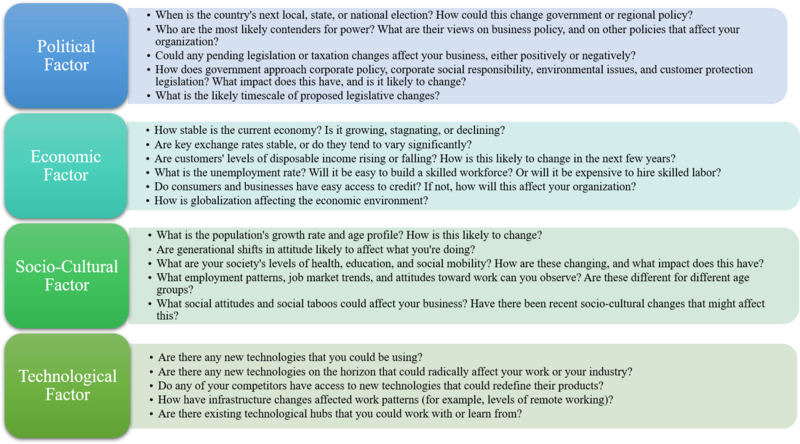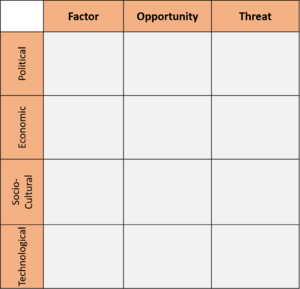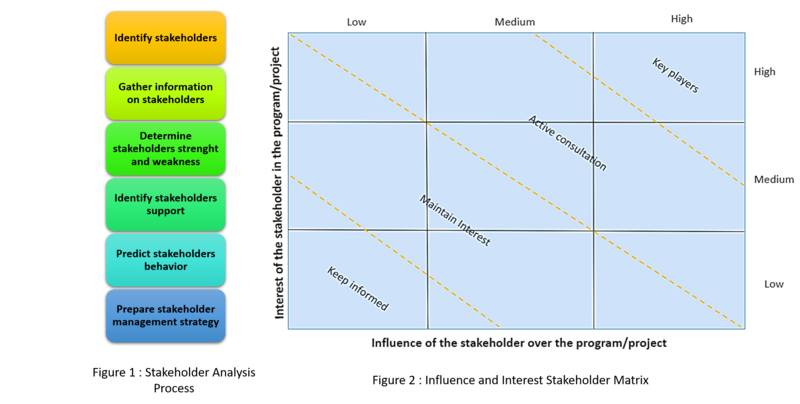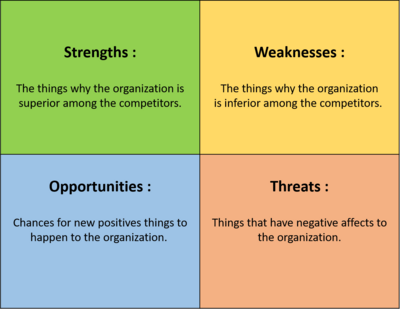Atkins APPPM
Group name : Lecanaj
Introduction
Atkins Denmark is an engineering consultancy firm with around 400 employees in Denmark. They provide consultancy primarily on civil engineering work such as road and trail projects. Atkins Denmark's primary resource is delivering their expertise to the client. The aim of this project is to handle the problem that Atkins Denmark are forced to deliver their expertise to the client in a more efficient and better way in order to keep up with the competition on the market. A method for achieving this can be to implement digitisation in the for of internal digital project management practices in the company.
This wiki article is a collection of management tool that our group can use to analyse the digitalization of Atkins.
Management tools
The different tools developed in this article below are divided in categories :
1. Change Management : - Kotter
- Lewin
- PEST Analysis Model
- Maslow Hierarchy of needs
- Managing Change: A process perspective
- Expectancy theory and the motivation to support or resist change
2. Stakeholder Management : - Influence and Interest Stakeholder Matrix
- Miles’ four stakeholder classes (influencer, collaborator, claimants, recipients)
- Mitchell’s categorization of stakeholders (Power, Legitimacy, Urgency)
- Ladder of engagement
3. Project Management :
a) Purpose : - Golden Circle (Why, How and What)
- SWOT Model
- Key Performance Indicators(KPI)
- Benefits Realization Management to Maximize Project Effectiveness (BRM)
b) Complexity : - Optimism bias, strategic misinterpretation and reference class forecasting
c) Uncertainty : - Management of Project Change
Kotter
Lewin
PEST Analysis Model
The PEST Analysis is a change management tool useful for revealing the direction of change in the business environment and to develop an objective view of this environment. It helps to shape what a company is doing in order to work with change instead of working against the change. To use the pest analysis, and analyse the business environment, the opportunities and the threats, we have to follow the 3 different steps:
1. First the PEST model is used to brainstorm the changes. The 4 factors discussed in this phase are explained in figure 1. The questioning will be guided by this figure.
2. After that, a second brainstorm is made dealing with the opportunities arising from each of these changes.
3. Then, a last brainstorm is done about threats/issues caused by opportunities.
The following figure is a document that can be fulfilled during this 3 steps :
https://www.mindtools.com/pages/article/newTMC_09.htm
Maslow Hierarchy of needs
Managing Change: A process perspective
Expectancy theory and the motivation to support or resist change
Influence and Interest Stakeholder Matrix
Before being able to complete the Influence and Interest stakeholder matrix there are few steps of the Stakeholders analysis to follow (see figure 1). When all the information about the stakeholder are gathered the mapping step can start to get this visual tool.
The Influence/interest matrix suggested in Managing Successful programme is based on a matrix of nine squares. After having listed all the stakeholders it’s important to evaluate their interest and influence which can be measured on a scale of high, medium or low. Where the interest can be defined as the potential interest in the project of the stakeholder. So the position of the stakeholder in the matrix is set by this two parameter (x,y) where x = level of inluence and y = level of interest. In addition to the nine squares, it is possible to split the matrix into four diagonal bands as shown below : Key players, Active consultation, Maintain interest and Keep informed.
Source: Stakeholder matrix - key matrices for stakeholder analysis [[1]]
Wiki APPPM, Stakeholder Analysis, [ONLINE] Available at:
[[2]] [Accessed 04 March 2020]
Miles’ four stakeholder classes (influencer, collaborator, claimants, recipients)
Mitchell’s categorization of stakeholders (Power, Legitimacy, Urgency)
Ladder of engagement
Golden Circle (Why, How and What)
A key aspect in project management is to establish a strong vision. There are many ways to establish a vision and the Golden Circle Model is one of them. This management tool is based on 3 concentric circles corresponding to three questions: Why, How and What. To use this tool, developed by Simon Sinek, an organization/ a leader/ people must think from inside out to drive projects purposefully. The WHY question starts by identifying the purpose of the project (shall not be answered with something as making money because it’s a consequence), then the HOW question describes how the project is conducted and finally the WHAT is what is being done in the project.
Wiki APPPM, Why, How, What (The Golden Circle Model), [ONLINE] Available at: [[3]] [Accessed 04 March 2020]
SWOT Model
Description
The SWOT analysis provides information about the current position of an organization. It is an extraordinary useful business tool since gives information about the internal Strengths and Weaknesses of the organization and the external Opportunities and Threats. By applying the SWOT analysis, the organization can take the best advantages and at the same time reduce the chances of failure by understanding the weak points of the organization and avoid risks that they would be fatal for the well-being of the organization.
References
https://www.mindtools.com/pages/article/newTMC_05.htm https://en.wikipedia.org/wiki/SWOT_analysis https://www.businessnewsdaily.com/4245-swot-analysis.html
Key Performance Indicators(KPI)
Benefits Realization Management to Maximize Project Effectiveness (BRM)
Optimism bias, strategic misinterpretation and reference class forecasting
Management of Project Change
For each tool :
- Explain the use of the tool (definition, overview)
- Why you choose this specific tool? (Importance)
- What sort of problem can it solve?
- How this tool is relative with your case?
- References
==




